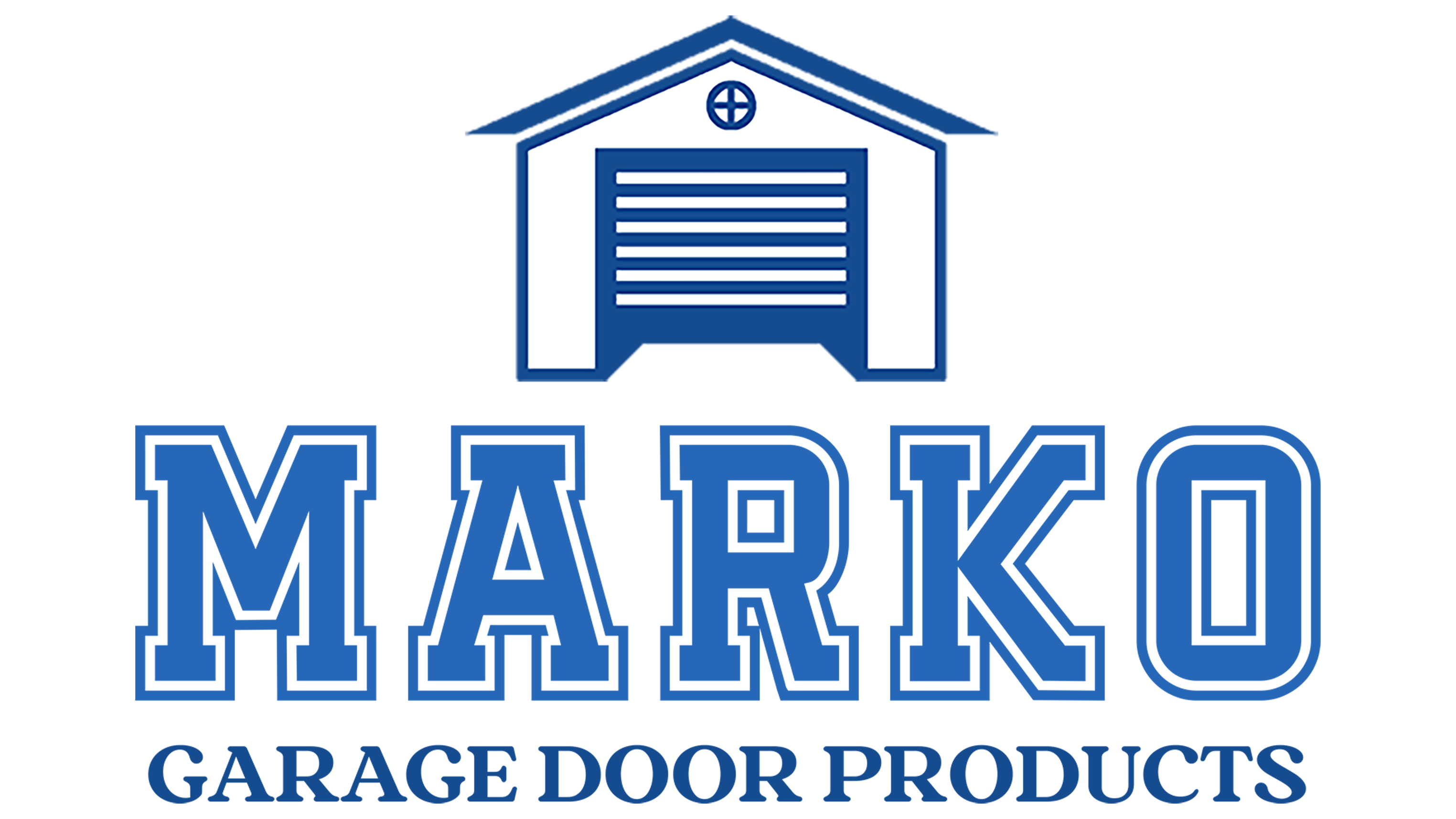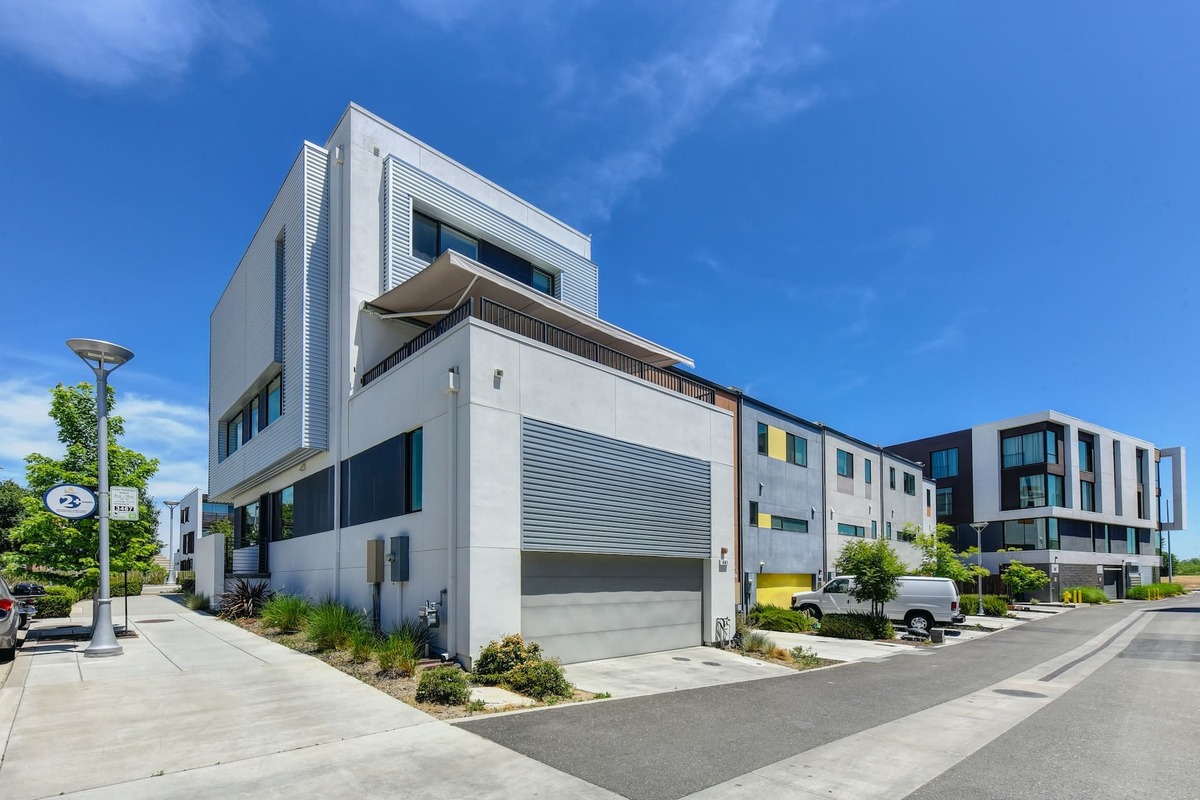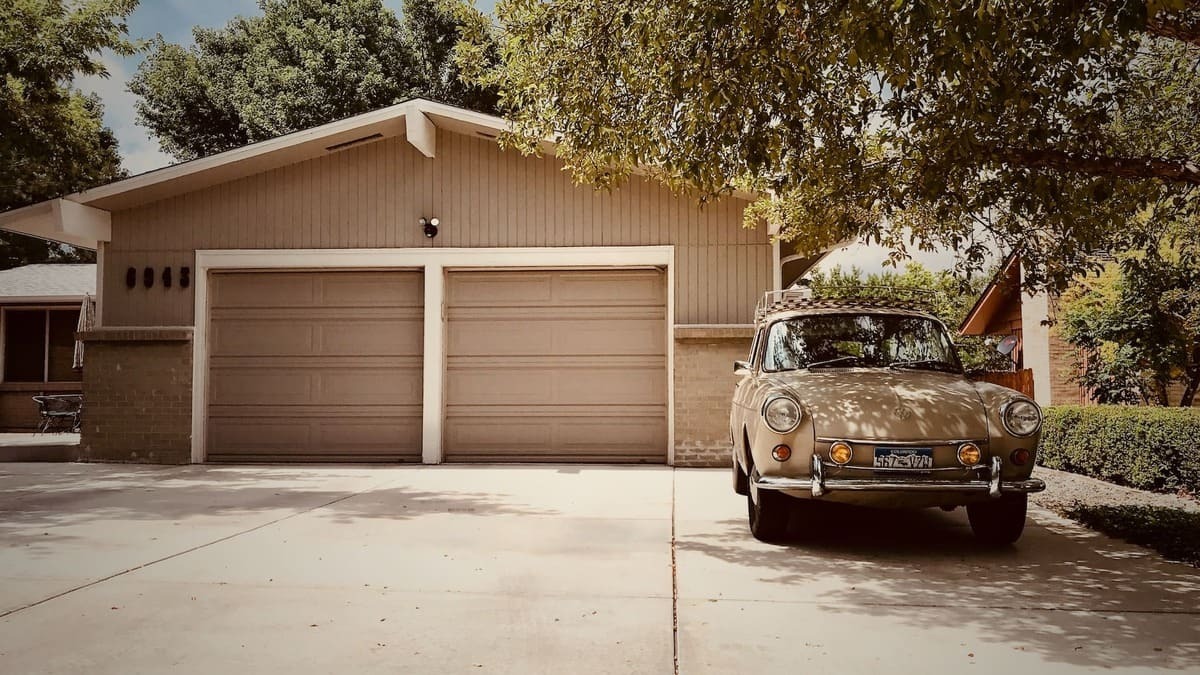Garage doors are an integral part of commercial properties, providing convenience and security for businesses. Regular maintenance of these doors is crucial to ensure their smooth operation, prevent unexpected breakdowns, and extend their lifespan. In this article, we will discuss the importance of garage door maintenance for commercial properties and outline best practices to keep them in optimal condition.

Importance of Garage Door Maintenance for Commercial Properties
Proper garage door maintenance offers several benefits for commercial properties:
- Enhanced Safety: Well-maintained garage doors reduce the risk of accidents and injuries to employees and customers.
- Improved Security: Regular maintenance ensures that the door locks and security features are functioning correctly, protecting valuable assets.
- Cost Savings: Timely maintenance prevents major breakdowns and costly repairs, saving businesses from potential financial burdens.
- Increased Lifespan: Regular care and attention can extend the lifespan of garage doors, delaying the need for premature replacements.
Regular Inspection and Cleaning
Regular inspections are essential to identify any issues or signs of wear and tear in the garage door system. Follow these best practices for inspection and cleaning:
- Inspect the door for any visible damage, such as dents, cracks, or misalignment.
- Check the cables, springs, and hinges for signs of wear or damage and replace them if necessary.
- Clean the door tracks from any debris or obstructions that may hinder smooth operation.
- Verify the condition of weatherstripping and replace it if worn or damaged.
- Examine the rollers and ensure they are intact and functioning properly.
Lubrication of Moving Parts
Proper lubrication of the garage door’s moving parts is vital for smooth and quiet operation. Here’s how to lubricate the key components:
- Apply a silicone-based or lithium-based lubricant to the hinges, rollers, tracks, and springs.
- Avoid using petroleum-based lubricants, as they can attract dirt and debris.
- Lubricate the components at least twice a year or as recommended by the manufacturer.
Testing and Adjusting Safety Features
Commercial garage doors are equipped with various safety features to protect individuals and property. Regular testing and adjustment of these features are crucial. Follow these steps:
- Test the auto-reverse functionality by placing a sturdy object in the door’s path and ensuring that it reverses upon contact.
- Verify the functionality of the photo-eye sensors by checking if the door stops and reverses when the beam is interrupted.
- Test the emergency release feature to ensure it operates smoothly.
If any safety features are not functioning properly, consult a professional technician for inspection and repairs.

Professional Maintenance and Repairs
While regular inspections and maintenance can address many issues, it’s essential to engage professional technicians for comprehensive maintenance and repairs. Here are some reasons to seek professional assistance:
- Expertise and Knowledge: Professional technicians have the expertise to identify and resolve complex garage door issues.
- Advanced Tools and Equipment: They possess the necessary tools and equipment to perform maintenance and repairs efficiently.
- Preventive Maintenance Programs: Some service providers offer preventive maintenance programs tailored to commercial properties, ensuring regular care and timely repairs.
Engaging professionals for regular maintenance can save time, minimize downtime, and ensure the longevity of the garage door system.
Conclusion
Proper maintenance of garage doors is essential for commercial properties to ensure safety, security, and smooth operation. Regular inspections, cleaning, lubrication, and testing of safety features are key practices that should be followed. Engaging professional technicians for comprehensive maintenance and repairs is also highly recommended. By implementing these best practices, commercial property owners can enjoy the benefits of a well-maintained garage door system, minimizing disruptions and maximizing the lifespan of their investment.





